3 Steps to Choosing the Right Plants for Your Patio
http://decor-ideas.org 05/21/2015 00:14 Decor Ideas
It’s challenging to design an urban garden, and planting one even more so. Plants, even in the smallest of contemporary gardens, are important structural building blocks, and the smaller the garden, the more prominent their role in the design is.
A tiny minimalist garden may need only a few bold architectural plants, while a plant lover’s garden may lean toward abundant planting. No matter what planting the design calls for, there are basic steps to be taken before plant selection and planting can start.
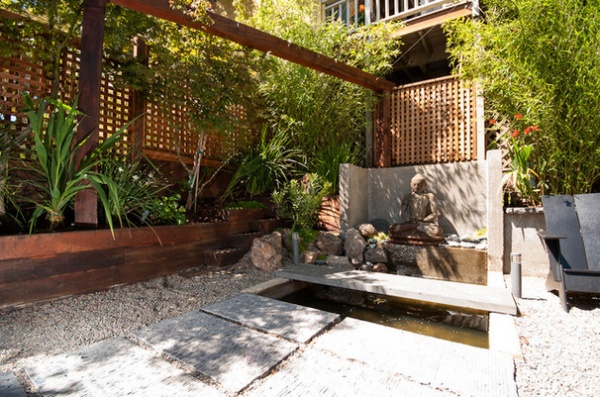
1. Choose plants that suit your conditions. It is generally not possible to change many of the site conditions in an urban garden, so it’s vital to choose plants that horticulturally fit your location. If you’re planting directly in the ground, check what soil type you have before selecting any plants. Soil that is dry or moist, or acidic or alkaline, gives a clear indication of what plants will happily grow there.
Plants suited to your soil conditions will perform best, though the fertility of the soil can be changed and improved through the addition of organic matter, such as manure or garden compost. It is not always easy to find space in an urban garden for a compost heap, but suitable compost or concentrated manure can be purchased in bags. Intensively planted small gardens especially make great demands on soil fertility, so regular feeding is a must.
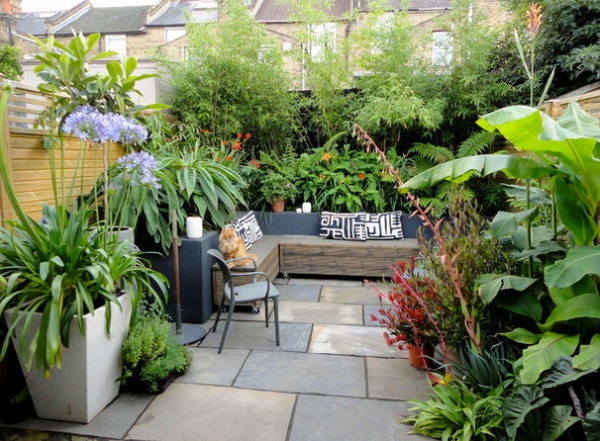
Select plants that are hardy enough to grow in your garden, especially when you have limited space. Though your garden’s climate is set geographically, its design can influence the temperature. Small, enclosed gardens can create a microclimate with higher average temperatures that allow more tender plants to grow. But just as cold and wind can damage plants, strong sun and heat can be just as bad, especially in enclosed courtyard gardens, where reflected heat can be concentrated and retained.
At the other end of the scale, surrounding buildings or trees often shade urban gardens and can cause damp or dry shade. Take time to observe your conditions so that you can choose plants that not only are happy to survive but revel in such conditions.
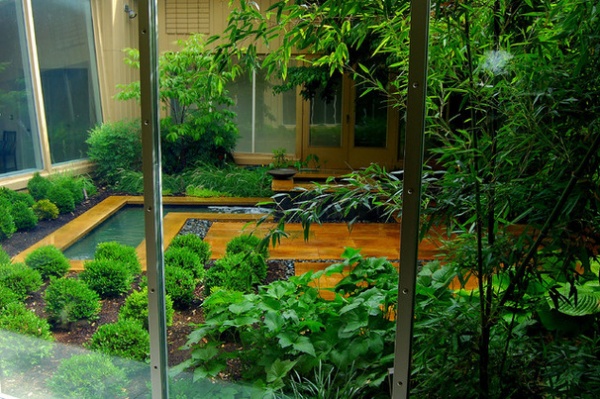
2. Make sure the plants will fit. Size, in the case of planting, does matter. Not only do plants need to handle soil and climate requirements, but they also need to remain at a controllable size, through either pruning or naturally restrictive growth.
It is always worth doing some research to check a plant’s height and spread before making a selection. This information should also give you some idea of the plant’s growth rate, generally giving the size after five years for shrubs and 10 years for trees. With this knowledge in hand, you can space the plants to prevent overcrowding when they’re fully developed.
It is always a good idea to plan your planting with a scaled drawing, always giving plants enough room to develop. If you prefer, you can always fill the gaps between plants with temporary plantings, like annuals, bulbs or even vegetables, until your permanent plantings reach maturity.
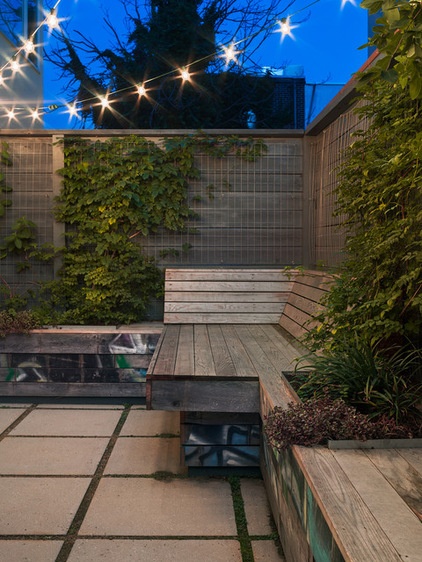
3. Select plants that will perform. Plants are on stage 12 months a year in smaller urban gardens, so they need to really perform. Selected plants should provide year-round interest through attractive evergreen foliage or deciduous foliage with multiseason interest — fresh spring leaves and stunning autumn colors.
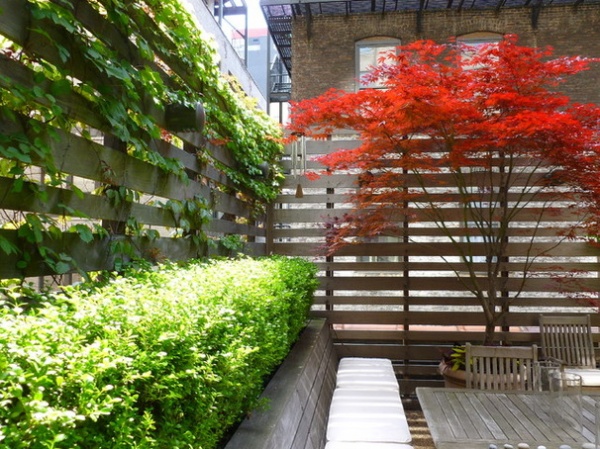
Seasonal changes can be a great advantage in urban garden planting, bringing highlights to different parts of the garden at different times of the year. On the other hand, it’s not useful to have plants that look good only for a few weeks of the year and are boring for the rest.
Look for small trees and shrubs that will provide amazing spring flower color and then give a second hit in the late summer and autumn with fruit or foliage. Seasonal change can also be highlighted with the selected use of herbaceous perennials to give a splash of color.
See more of this New York rooftop garden
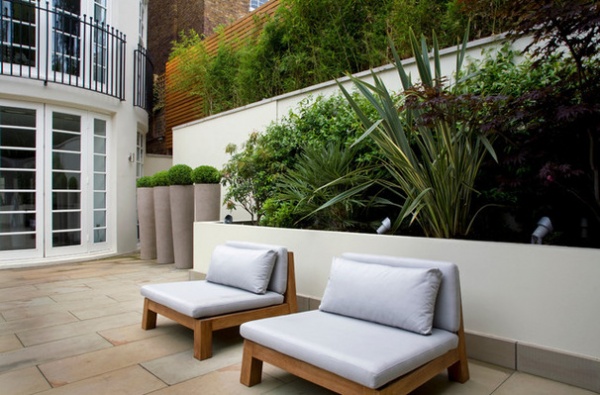
Evergreen plants can be a great asset when planting a smaller garden. They create a framework of permanent planting that provides both a backdrop to other plantings and color throughout the year.
Perhaps the only negative in using evergreens is the maintenance required. In a small space, untidy evergreens can detract from the overall scheme.
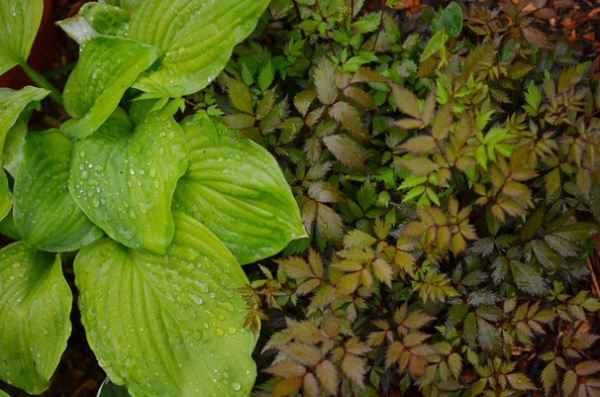
It’s worth looking at the properties of plants when selecting plants that will not only perform well but also fulfill the requirements of your overall garden design. Form, texture and color are the three main properties of plants to consider when making your aesthetic selection.
Form: The shape, whether upright, spreading or rounded. Each shape has its part to play in a planting design.Texture: It’s not always about being tactile, though there is such pleasure in feeling soft, velvety leaves or billowy grass seed heads; it is also about the visual nature of foliage and the combination of different plant textures.Color: The right color scheme for your small garden planting is as subjective as the right paint for your living room. Most small gardens tend to have schemes built around green, as it creates a tranquil backdrop that can be brightened with splashes of hot or cool colors.
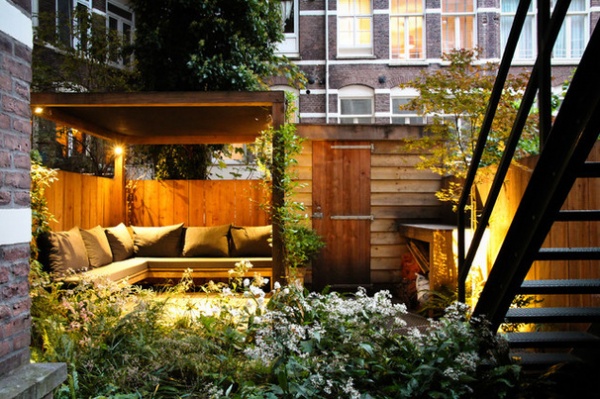
Maintenance requirements. Before you decide on your plants and planting palette, it’s worth considering how much time you want to spend maintaining your garden. Going on size alone, maintenance in an urban garden is not going to be very intensive. Over time there will always be a certain amount of pruning, dividing and replanting, as well as the run-of-the-mill tidying. By initially researching which plants are suitable for your planting scheme, you should be able to understand their maintenance needs and how they will fit in with your schedule.
Browse more landscape design stories
Related Articles Recommended












